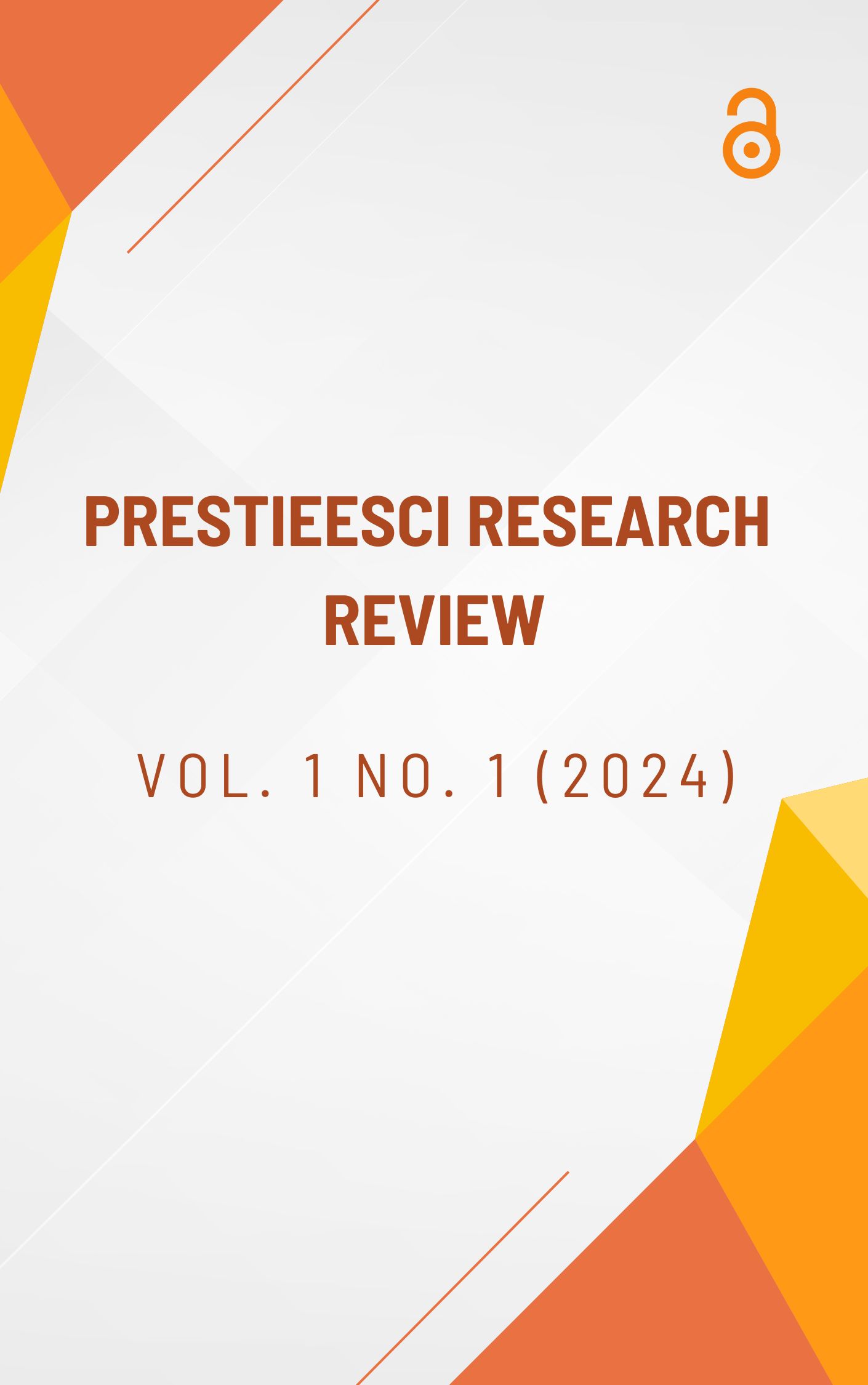A CASE STUDY ON "THE HARMFUL EFFECTS OF BULLYING ON CLASSROOM LEARNING" IT HAS THIS EFFECT ON STUDENTS' QUALITY OF LEARNING AS A CONSEQUENCE
Abstract
For today's youngsters, bullying at schools is a chronic problem. This problem affects all members of the school community, particularly bullies, victims, and onlookers. Bullying includes actions such as assaults, threats, "jokes," remarks, ridicule, criticism, humiliating behaviour, and facial expressions. Any one of these factors, working alone or in concert with others, may make a youngster more susceptible to bullying. Bullying in schools is difficult to eradicate due to its frequent and effective usage. Teachers must deal with the impacts of bullying amongst students as professionals. Bias-driven bullying may have detrimental effects. Bullying is a serious issue that requires public awareness. The study for this paper was driven by three primary objectives: (i) defining bullying; (ii) determining the underlying causes of bullying; and (iii) evaluating the effects of bullying on pupils. There were forty students and ten teachers in the study's sample. It was chosen to choose the participants using a straightforward method based on random sampling. Using a restricted-choice questionnaire, the incidence of bullying in schools motivated by bias was investigated. The averages, medians, percentages, mean deviations from normal of the gathered data were computed using SPSS. The study's findings provide light on the complexities of bullying along with the many variables that influence it, inspiring fresh ideas for addressing the issue.




